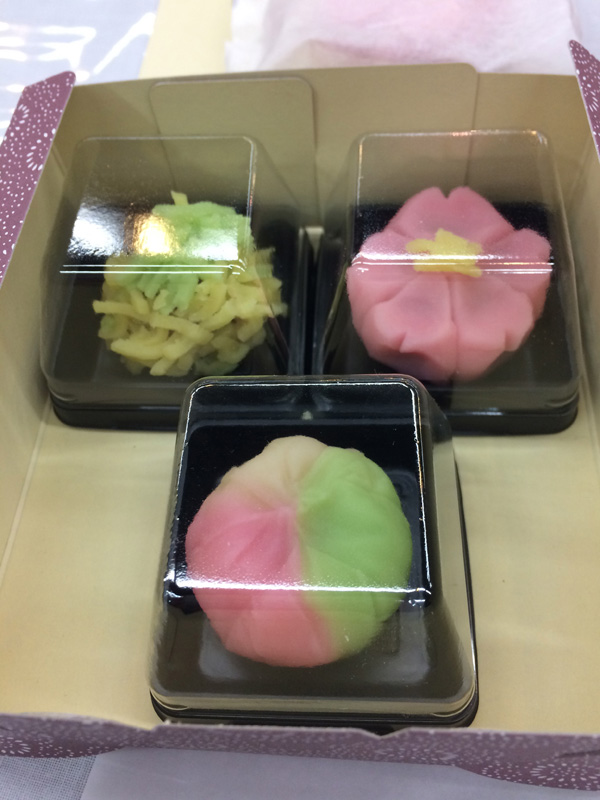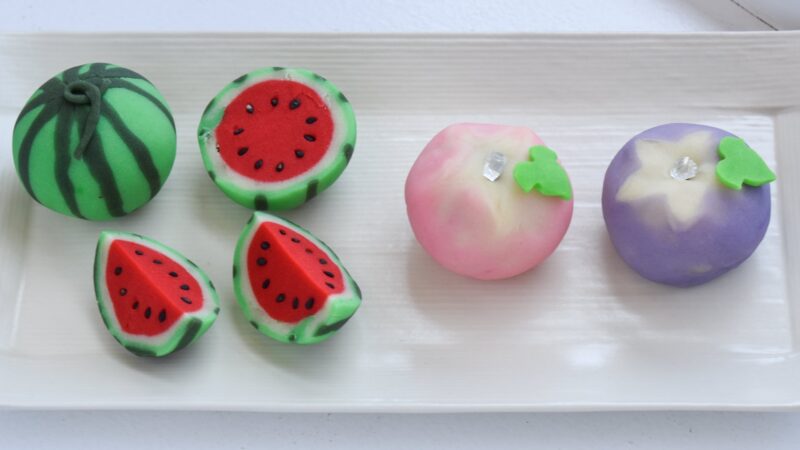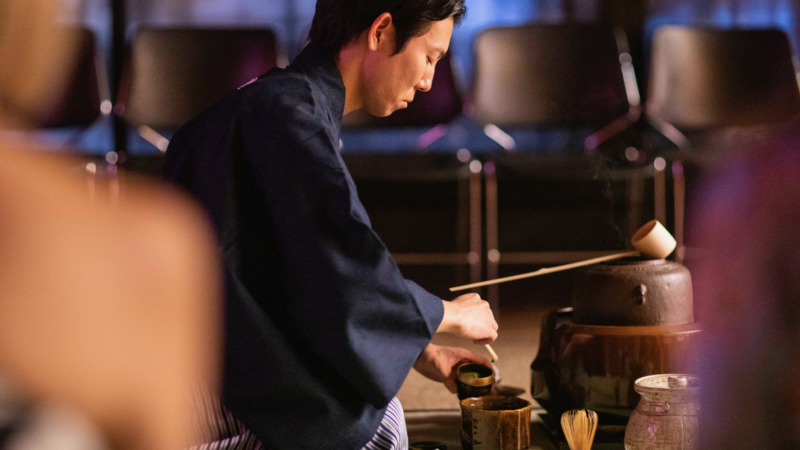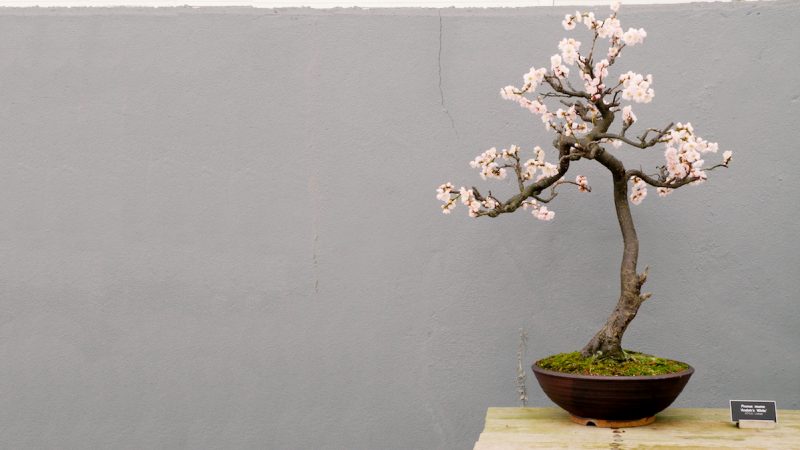Rebecca Suzuki ◆ April 15, 2015

Perhaps because it is known as the land of dreams and opportunity, for the most part, Americans appreciate boldness and straightforwardness. It is very different from the Japanese, who seem to uphold subtlety at a much higher standard.
I never really cared for subtle things—that is until I moved to Japan and began living here. Unexpected little quirks exist anywhere from product packaging to home appliances. It seems that people are generally more inclined to care about the smaller details here—at least more so than people in the states. Sometimes, it gets my eyes rolling: You mean to tell me that I have to replace ink in my markers using plastic tubes whenever they begin to run out? Why can’t I just throw them out and replace them like I would back at home? Other times, it makes me smile to myself: The local convenience store was recently selling Pocky that was proposing to a bottle of iced tea…. Errr, what? The box of Pocky had a picture of a man kneeling and holding someone’s hand, and the iced tea bottle had a picture of a woman who was being proposed to, so when you lined the two up, it made the picture complete. “Well played,” is probably the best phrase to apply there. Japan’s appreciation of subtlety is also something that fascinates me at times.
Recently, I took a trip to Kanazawa in Ishikawa prefecture. Kanazawa is a beautiful, traditional town. There, I had the opportunity to participate in a Wagashi-making workshop. Wagashi is traditional Japanese sweets, usually made from mochi and anko (bean paste) that is served with hot tea. Of course, I had seen and eaten Wagashi before. I enjoyed how pretty it looked and how delicious it tasted, but I never really thought about how it was made, so the workshop was incredibly enlightening.
As I struggled to keep the sticky sweets from being glued onto my palms and labored carefully to press flower petal shapes into my cherry blossom-shaped Wagashi, I came to realize that the subtle art that went into these seemingly simple sweets was actually astonishingly meticulous. I went through all kinds of emotions from frustration to happiness just from making three little snacks that I would have not given a second thought to if someone were to have served it to me. As my fingers shaped the sweets ever so gently as though massaging an infant, I began to really appreciate the existence and art of subtlety—even sweets and snacks had little details that one could appreciate before consumption.
Sure, boldness can be a great thing, but subtlety is not something to overlook, either. It gives you a different sense of appreciation when you notice it—as though you’ve stumbled across some hidden treasure.




